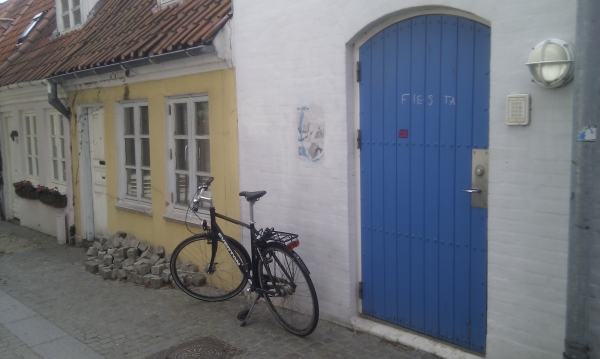The zero draft of the New Urban Agenda, the declaration that the governments of the world will sign up to in October 2016, gives a prominent role to more proactive and inclusive urban and regional planning.
The draft document makes a ringing early statement: „We commit to a paradigm shift in the way we plan, develop, and manage urban development, recognizing it as an essential instrument in the achievement of all Sustainable Development Goals.“ It puts people and civic engagement at the centre of planning, in the drive for inclusive and sustainable places.
The New Urban Agenda points to three essential requiements to achieve the desired urban transformation. These are:
- Local-national partnerships, in which national urban policies are backed by effective decentralisation to local authorities and civil society;
- „Strategic and integrated urban and territorial planning and management“ to „promote mixed, connected, and compact cities and human settlements.“
- New ways of financing and implementing the desired changes in urban developemnt.
There are some very explicit statements about the need for strategic spatial planning and the kind of development solutions that should be sought. For example, the governments are being asked to endorse preparation of „urban spatial frameworks that promote efficient use of land, compactness, mixed uses and appropriate density, through infill or planned extension strategies, to trigger economies of scale and agglomeration, increase accessibility, reduce travel needs and the costs of service provisions, enable a cost-effective public transport system, enhance resource efficiency, and ensure environmental sustainability.“
A „safe, comfortable and efficient street network, allowing a high degree of connectivity and encouraging public transport, walking and bicycling“ is also commended.
Urban Planning and Management
There is a section (paragraphs 96-104) on „Planning and Managing Uban Spatial Development“. No doubt this will be the main focus for the professional planning institutes in their effort to influence the final content of the declaration. It reaffirms the International Guidelines on Urban and Territorial Planning that were agreed in 2015.
The section includes a strong call for „co-planning“ and direct partnerships between governments and civil society. Density and the economic benefits of agglomeration are urged.While there is passing reference in this section to climate change and resllience, the text could usefully be amended to show how planning and design can directly contribute. Similarly, across the document as a whole the connection to the Sustainable Development Goals 2016-30 needs to be more strongly embedded.
What next?
This 20 year roadmap for the globe, put together by governments with inputs from NGOs, inevitably covers a broad field, and is littered with worthy sentiments on diverse topics. Much will depend on the real willingness of governments to act as if their words matter. By itself the New Urban Agenda risks being beached as a collection of worthy sentiments. To make it work requires a couple of „How to do it“ manuals – one pitched to national governments demonstrating how to go about creating national urban policy and adapting planning legislation; the other, to regional and local actors, giving templates for speedy and participatory planning, particularly for urban extensions, and a realisitc and propotionate approach to regulation and enforcement.
The zero draft can be downloaded here.

Schreibe einen Kommentar